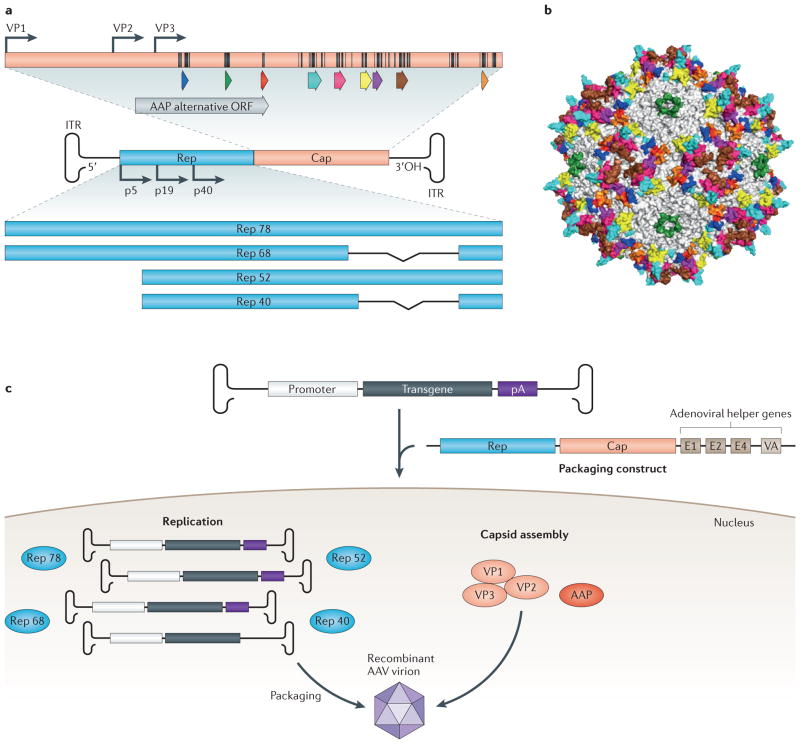Figure 1. Adeno-associated virus (AAV) biology and variant generation.
(a) Schematic of the 4.7 kb single-stranded DNA genome. The AAV genome, which is packaged within a nonenveloped, icosahedral capsid, contains three open reading frames (ORFs) flanked by inverted terminal repeats (ITRs), which form T-shaped hairpin ends. The rep ORF encodes four nonstructural proteins (Rep 40, Rep 52, Rep 68, and Rep 78) that are essential for viral replication, transcriptional regulation, genome integration, and virion assembly66. The cap ORF encodes three structural proteins (VP1-3), that form the 60-mer viral capsid66 with the aid of the assembly-activating protein (AAP; gray arrow)67,68, which is encoded in an alternate ORF located within cap. Hypervariable regions are denoted by colored arrows. Surface-exposed amino acids are indicated on the capsid protein (black lines). (b) Crystal structure of the AAV capsid, with VP3 hypervariable regions colored to match the corresponding genetic regions.69 (c) To generate recombinant versions of AAV, a gene of interest is inserted between the ITRs, replacing rep and cap, which are provided in trans, on so-called ‘packaging constructs’, along with adenoviral helper genes needed for replication70. The viral capsid governs the resulting vector’s ability to transduce cells, from initial cell surface receptor binding to nuclear entry and genome release, which can lead to stable transgene expression in post-mitotic tissue71. Eleven naturally occurring serotypes and over 100 variants of AAV exist, which differ in their amino acid sequence and thus in their gene delivery properties72,73.

